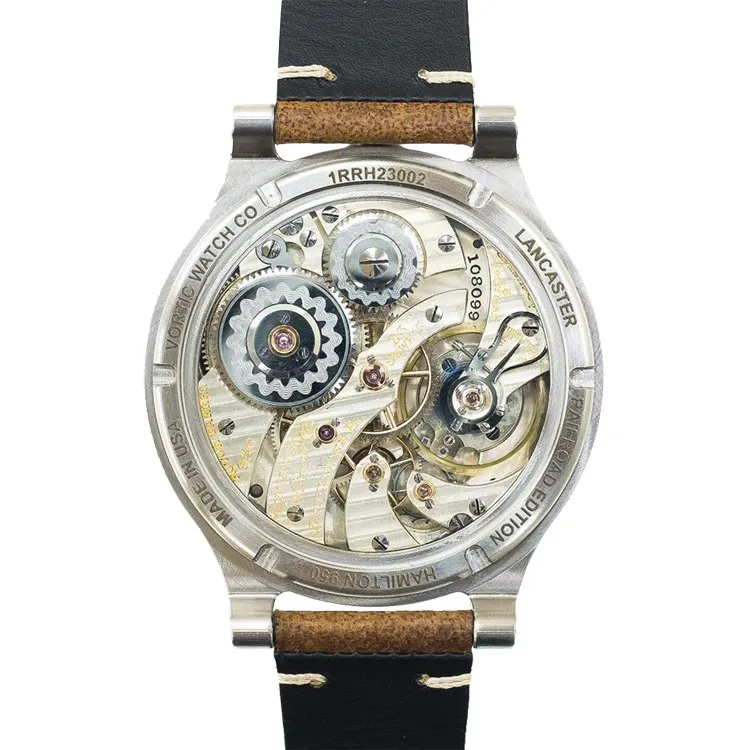David versus Goliath: A Fort Collins watchmaker’s legal battle against a giant Swiss enterprise


Editor’s note: this story references a court case that had yet to be decided as of March 26. This story will not be updated, but coverage of the trial will continue on Bizwest.com.
FORT COLLINS and NEW YORK — For the past two years, Vortic Watch Co. founder RT Custer has been engaged in a legal fight for his company’s life.
He launched out of a successful Kickstarter…
THIS ARTICLE IS FOR SUBSCRIBERS ONLY
Continue reading for less than $3 per week!
Get a month of award-winning local business news, trends and insights
Access award-winning content today!




